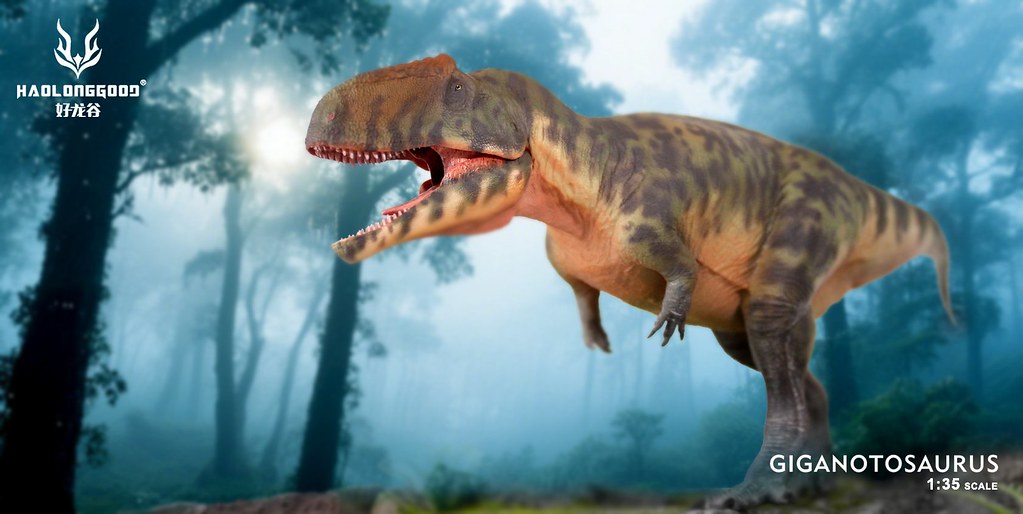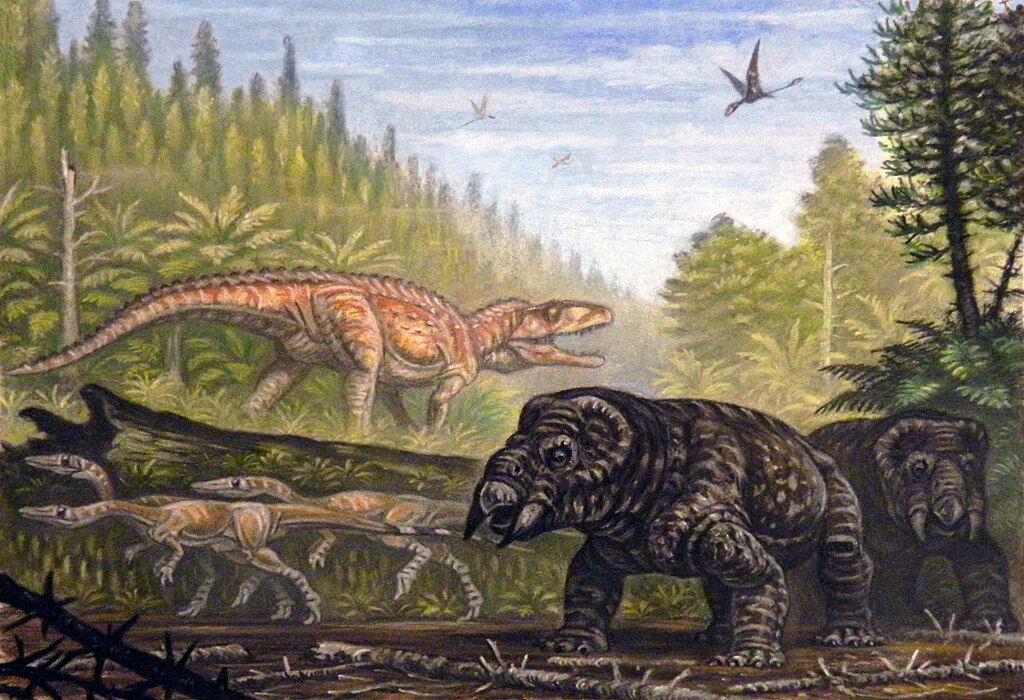The prehistoric world was filled with apex predators whose jaw power could crush bone like we crack walnuts. Picture a force so tremendous it could split a car in half or snap steel cables. These ancient beasts possessed bite forces that dwarf anything we see today.
From the legendary Tyrannosaurus rex to lesser-known giants, these dinosaurs wielded jaws that were essentially biological vice grips with razor-sharp teeth. Their biting capabilities tell fascinating stories about how they hunted, what they ate, and how they dominated their environments. Let’s dive into the world of nature’s most powerful chompers and discover which dinosaurs packed the strongest bite.
Tyrannosaurus Rex – The Ultimate Bone Crusher
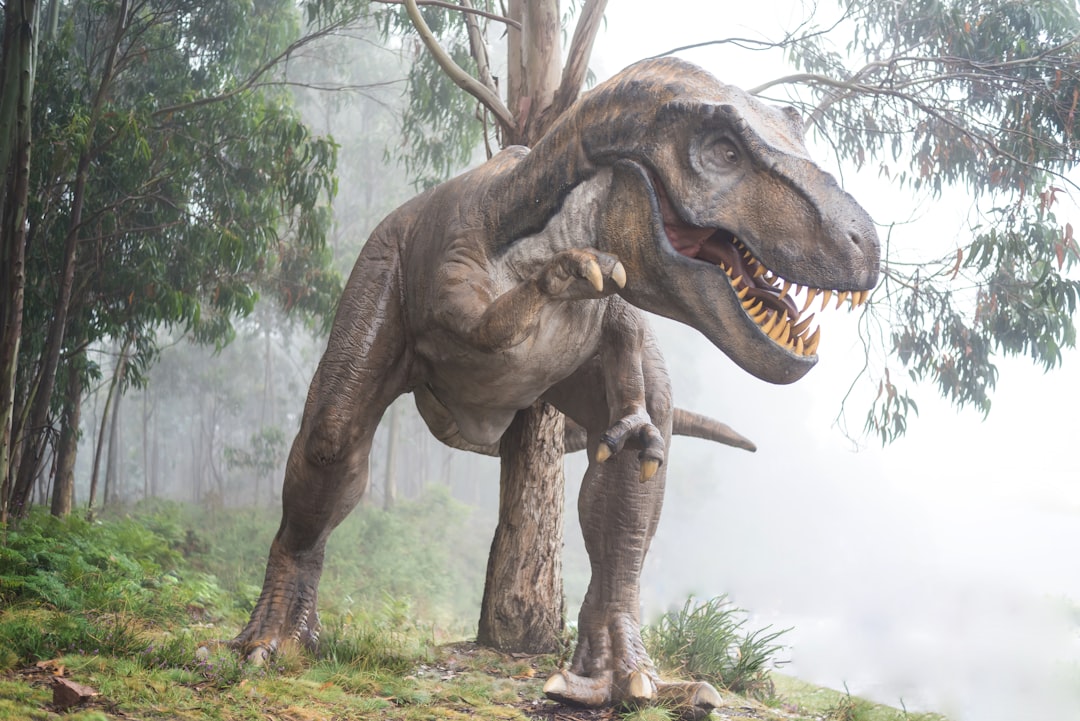
Tyrannosaurus rex dominated the prehistoric landscape with the most powerful terrestrial bite force ever recorded, capable of delivering between 35,000 to 57,000 newtons of force at its back teeth. That’s roughly equivalent to 12,800 pounds of crushing power, enough to obliterate a small car.
This incredible force was more than ten times stronger than a modern alligator’s bite and three times greater than any previously measured animal. The T. rex’s jaw muscles were absolutely massive, housed in a skull specially designed to withstand the tremendous stress of its own bite. The posterior part of the skull that housed these muscles was particularly large, creating a biological powerhouse that could crack through the thickest bones.
Giganotosaurus – The Southern Giant’s Crushing Power
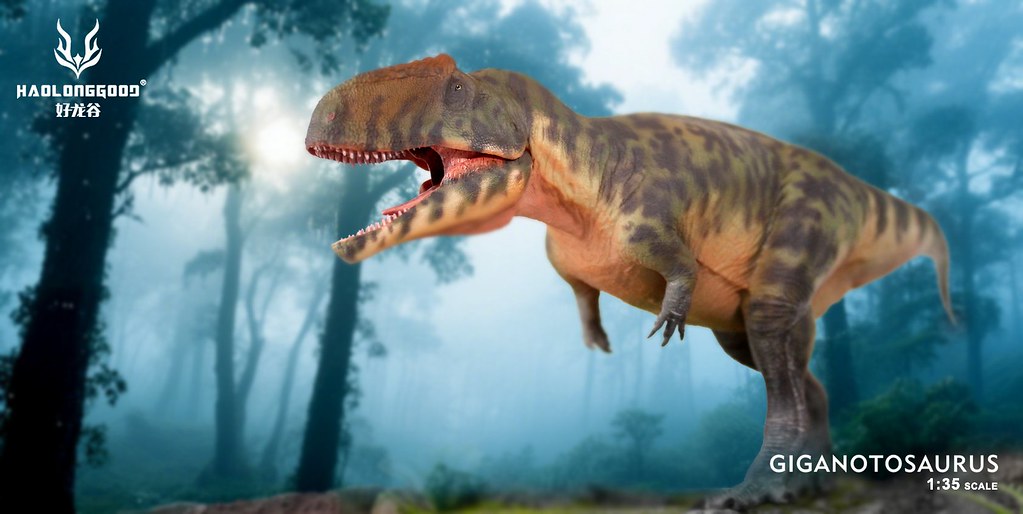
Giganotosaurus wielded a formidable bite force of approximately 5,000 to 6,000 pounds per square inch, armed with 76 serrated teeth that measured eight inches in length. This South American giant was built for taking down massive prey, using its powerful jaws to deliver devastating wounds to sauropods and other large herbivores.
Recent studies suggest a Giganotosaurus could exert up to 25,450 newtons or 5,732 pounds of force at the back of its jaws. Though not quite matching T. rex’s raw power, this bite force was still absolutely devastating. The dinosaur favored an “attack and wait” technique, inflicting deep and slashes on prey before letting blood loss weaken its victims.
Tarbosaurus – The Asian Tyrant’s Mighty Jaws
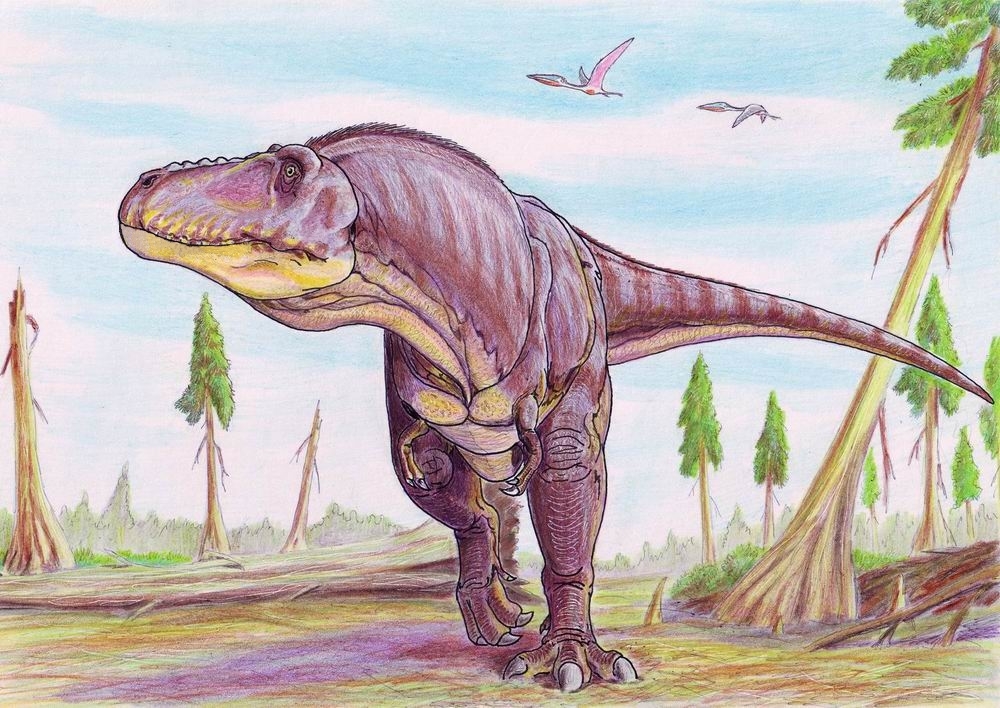
Tarbosaurus was basically a smaller, slightly weaker version of Tyrannosaurus rex, with an estimated bite force of around 8,000 pounds per square inch. This Asian tyrannosaur was no mere copycat though – it possessed its own unique hunting adaptations and jaw mechanics.
Despite being smaller than its North American cousin, Tarbosaurus still packed an incredibly powerful bite force ranging from 6,000 to 12,000 pounds. Living in the vast landscapes of ancient Mongolia, this predator used its crushing jaws to hunt the diverse array of herbivorous dinosaurs that shared its ecosystem. Its teeth were perfectly designed for gripping and crushing bone, making it one of Asia’s most feared predators.
Daspletosaurus – The Frightful Predator
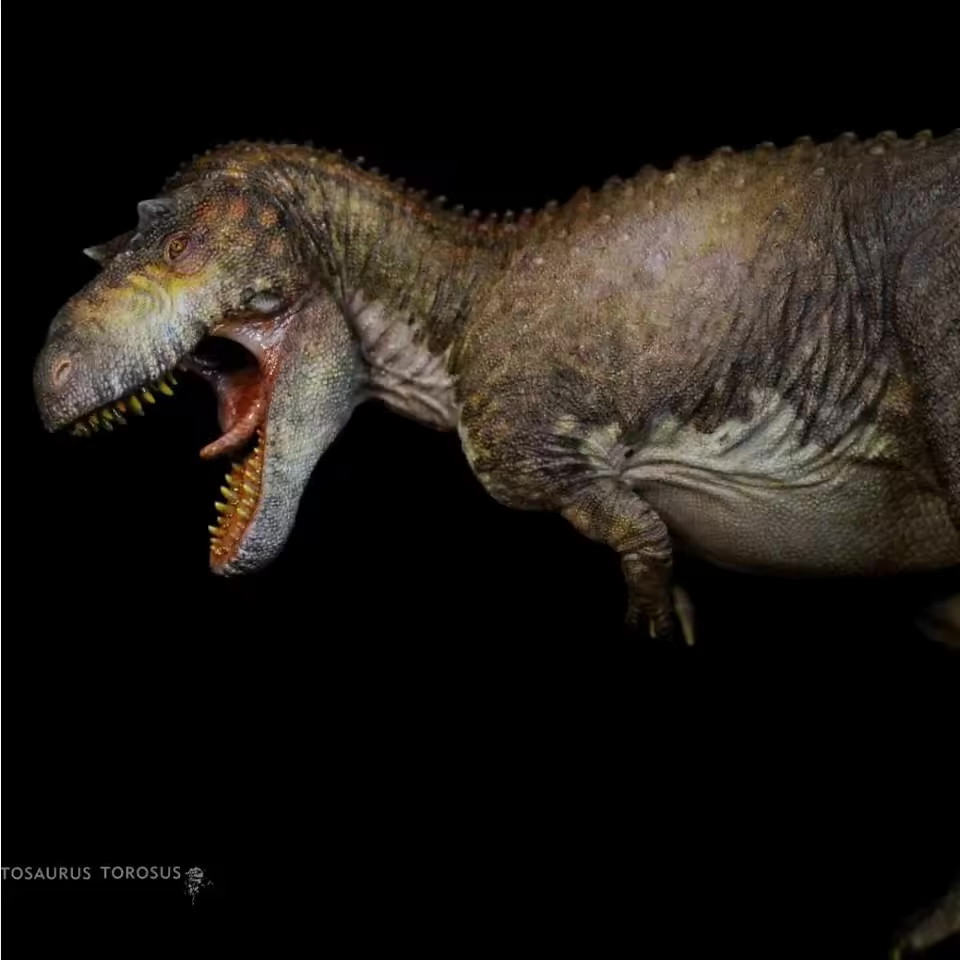
Daspletosaurus possessed a tremendous bite force estimated between 4,600 to 5,000 pounds per square inch, making it one of the most powerful biters among the tyrannosaur family. This North American predator lived during the Late Cretaceous period, roughly 77 to 74 million years ago.
Scientific studies place Daspletosaurus’s bite force at approximately 16,641 newtons, which put it in the same crushing league as much larger theropods. Though smaller than T. rex, this predator made up for size with incredibly robust jaw muscles and a skull perfectly adapted for delivering bone-crushing . Its relatively compact size actually made it more agile than larger tyrannosaurs while still maintaining devastating jaw power.
Acrocanthosaurus – The High-Spined Hunter
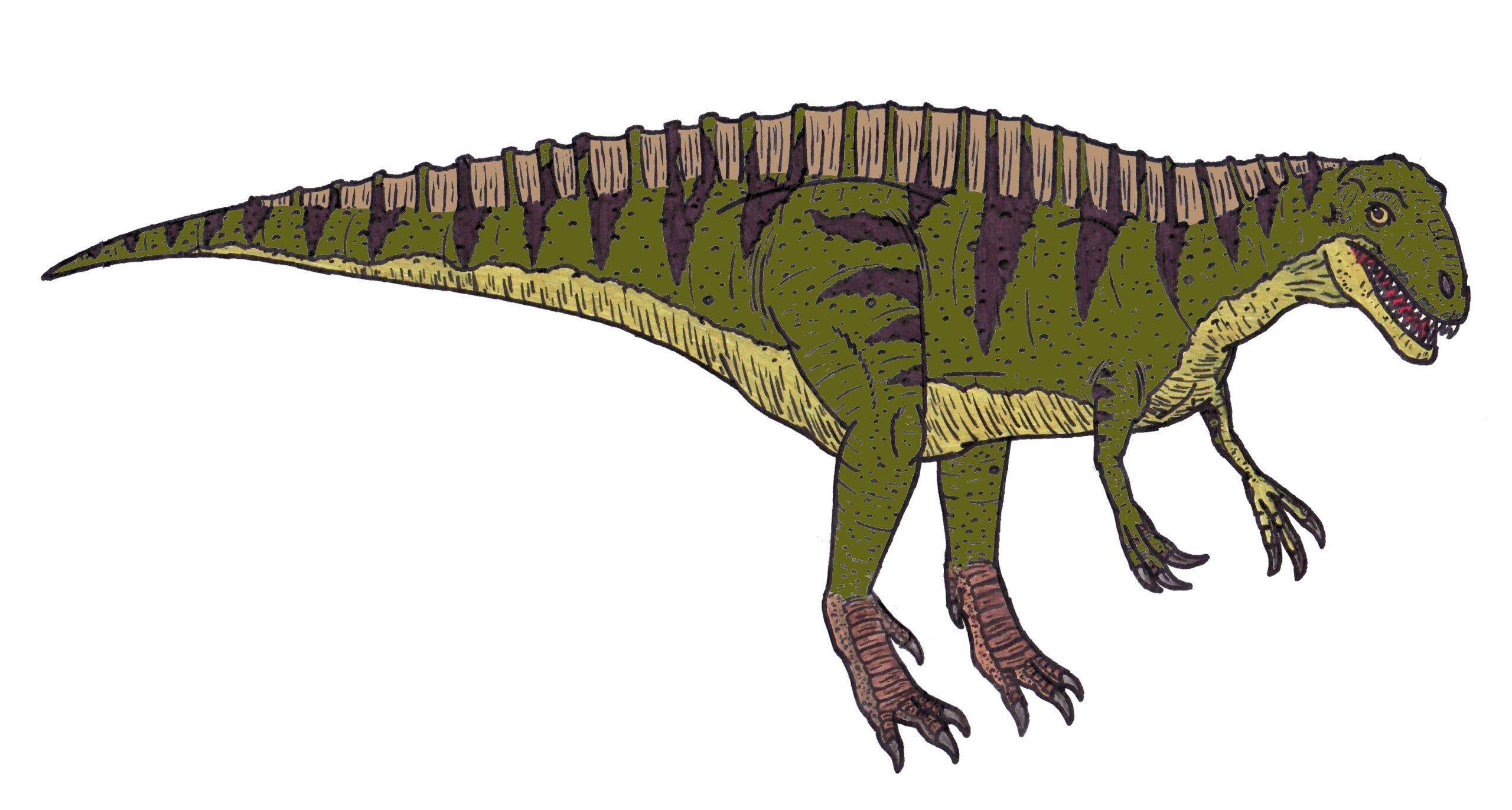
Acrocanthosaurus delivered crushing with a force estimated between 8,000 to 9,000 pounds per square inch. This Early Cretaceous predator was distinguished by its prominent neural spines that formed a ridge along its back, giving it both an intimidating appearance and additional muscle attachment points.
Despite reaching sizes comparable to Tyrannosaurus rex, Acrocanthosaurus had a bite force of approximately 25,449 newtons, which was substantially lower than T. rex’s crushing power. Still, this force was more than enough to hunt the largest prey animals of its time. With razor-sharp teeth and powerful limbs, it specialized in hunting very large prey across Early Cretaceous North America.
Spinosaurus – The Semi-Aquatic Predator
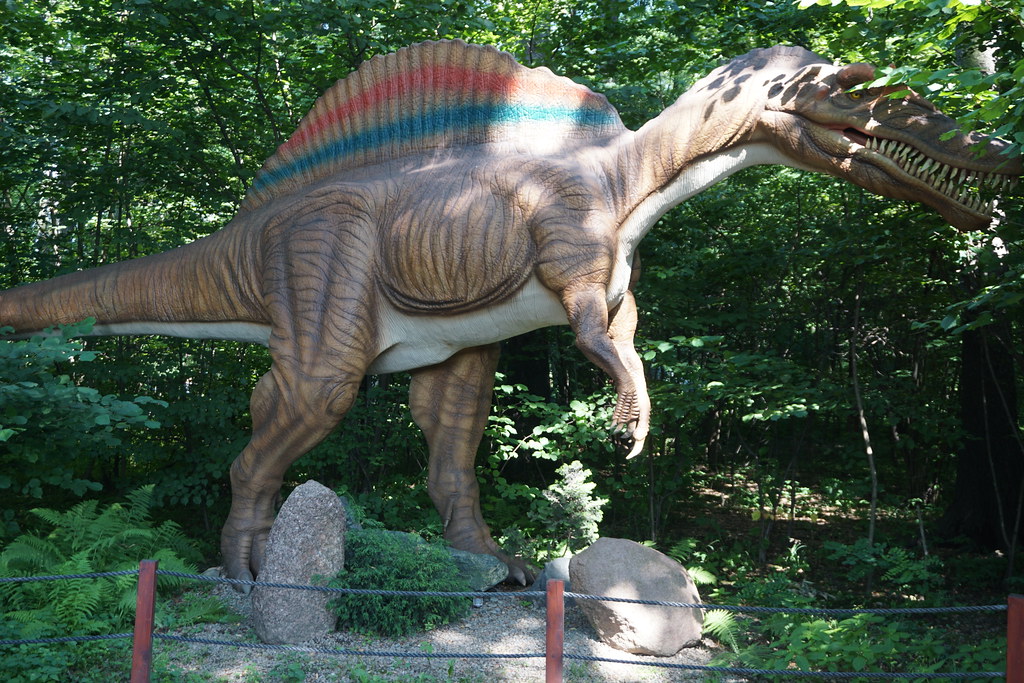
Spinosaurus, the famous “spine lizard,” could exert approximately 4,200 pounds per square inch of bite force, similar to that of a modern Nile crocodile. Though massive in size, this dinosaur’s bite was relatively moderate compared to other giant theropods, reflecting its unique lifestyle and feeding habits.
Recent scientific analysis suggests Spinosaurus had a bite force of just under 12,000 newtons, roughly comparable to much smaller theropods like Sinraptor and Gorgosaurus. This relatively weak bite for its size reflected specialized adaptations for fast-snapping jaws rather than slow crushing , perfect for its semi-aquatic fishing lifestyle. The dinosaur’s conical teeth and elongated snout were designed for catching fish rather than crushing bone.
Carcharodontosaurus – The Shark-Toothed Lizard
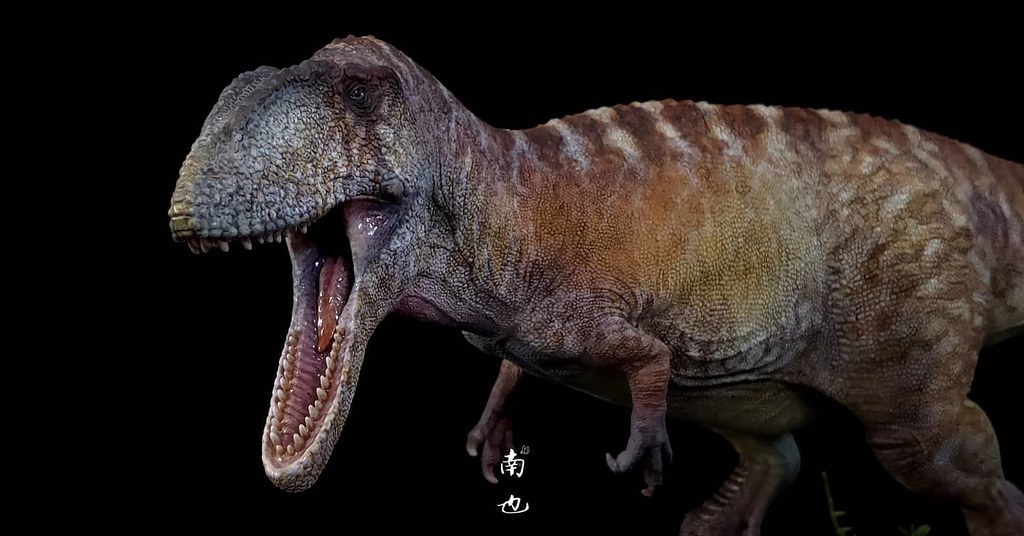
Carcharodontosaurus, aptly named the “shark-toothed lizard,” possessed a bite force of approximately 4,000 pounds per square inch. This massive African predator was built like a living nightmare, with razor-sharp serrated teeth perfectly designed for slicing through flesh and bone.
Despite being roughly the same size as Tyrannosaurus rex, Carcharodontosaurus had a bite force of approximately 16,984 newtons, about half the crushing power of its famous cousin. Reaching lengths of 40 feet and weighing 6-8 tons, this dinosaur also possessed powerful arms and those distinctive serrated teeth that gave it its fearsome reputation. Its bite was perfectly suited for its role as Africa’s apex predator during the mid-Cretaceous period.
Allosaurus – The Hatchet-Wielding Hunter
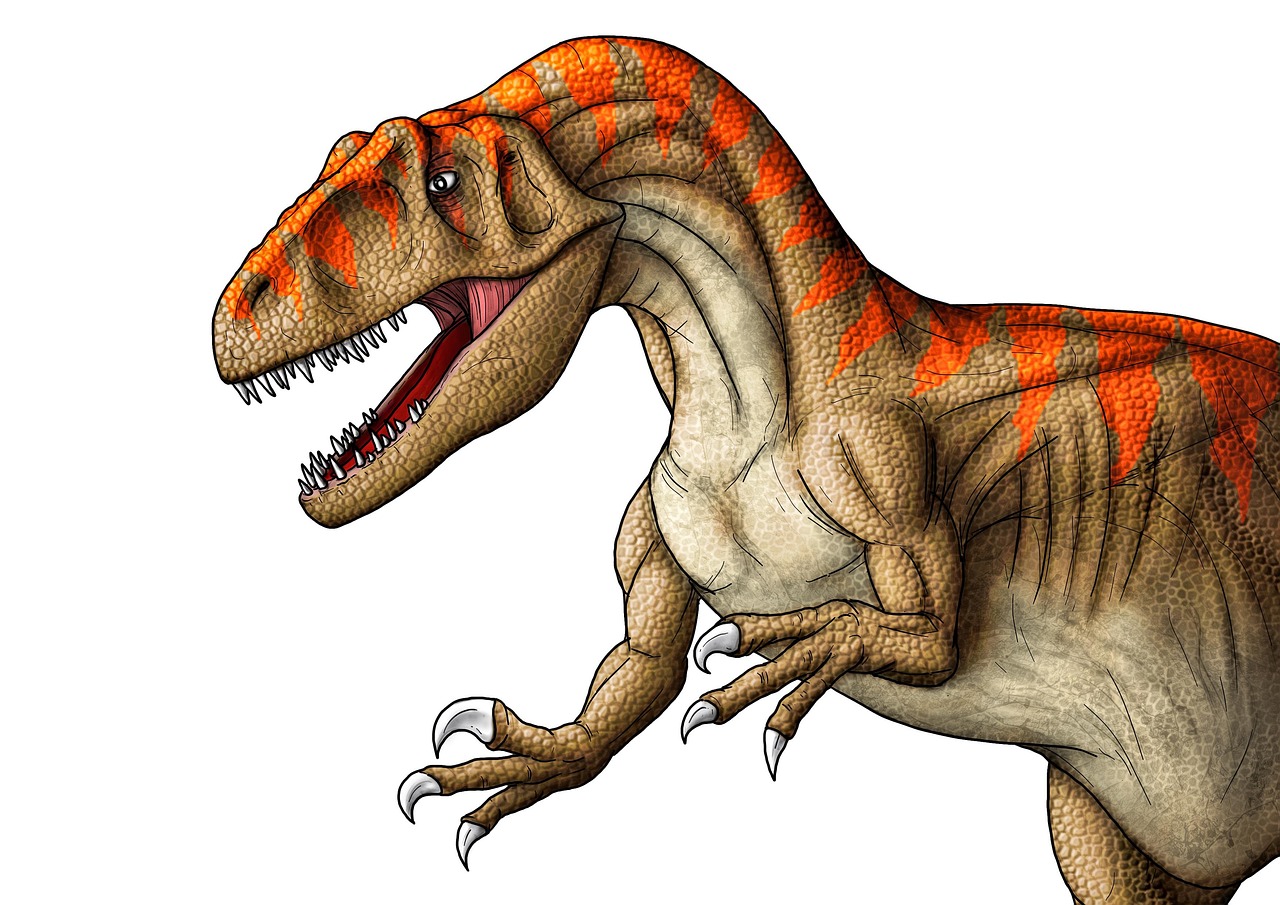
Allosaurus could deliver what scientists call a “hatchet chop bite” with forces estimated at around 1,500 to 2,000 newtons (approximately 340 to 450 psi). This Jurassic predator employed a unique hunting strategy that relied more on slashing attacks than pure crushing power.
Allosaurus had a relatively weak bite force for its size, with actual measurements showing it was comparable to that of a modern leopard. However, this dinosaur compensated with 40% more neck muscle mass compared to its body size than T. rex, using its head like a “20 knife pointed hammer” to cause deep, bleeding wounds. Its smaller, highly serrated teeth were designed for tearing and lacerating rather than crushing bone.
Torvosaurus – The Jurassic Powerhouse
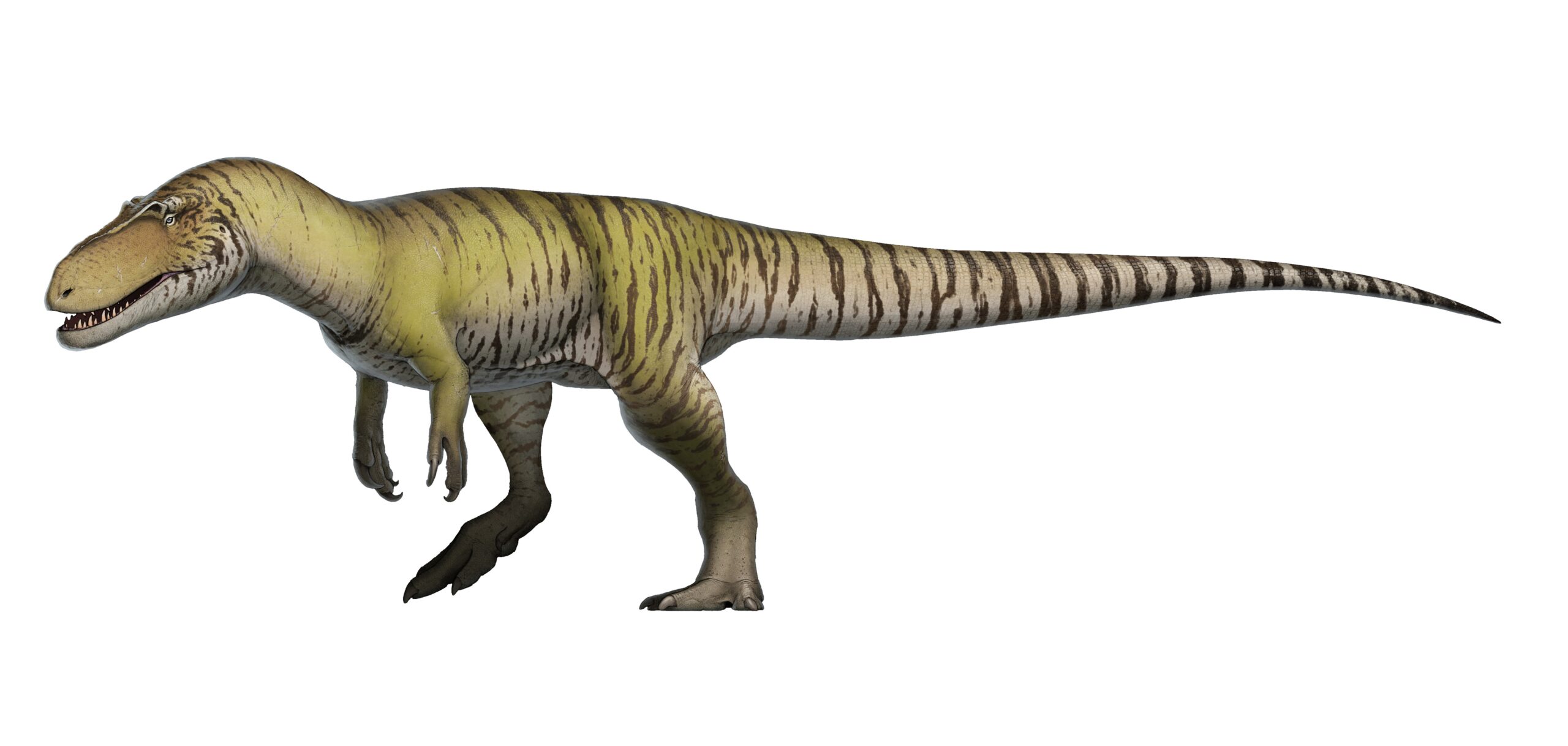
Torvosaurus was a massive Jurassic predator with an estimated bite force between 12,000 to 18,000 pounds per square inch. This megalosaurid theropod was among the largest carnivores of its time, competing with giants like Allosaurus for dominance in Late Jurassic ecosystems.
Some estimates suggest Torvosaurus very closely rivaled T. rex in terms of raw bite force, despite living much earlier in the Mesozoic Era. Growing to lengths of about 36 feet, this heavily-built predator was among the largest carnivores of the Jurassic period. Based on bone morphology, Torvosaurus is thought to have had short but incredibly powerful arms, making it a formidable hunter capable of taking down the largest prey of its time.
Carnotaurus – The Meat-Eating Bull
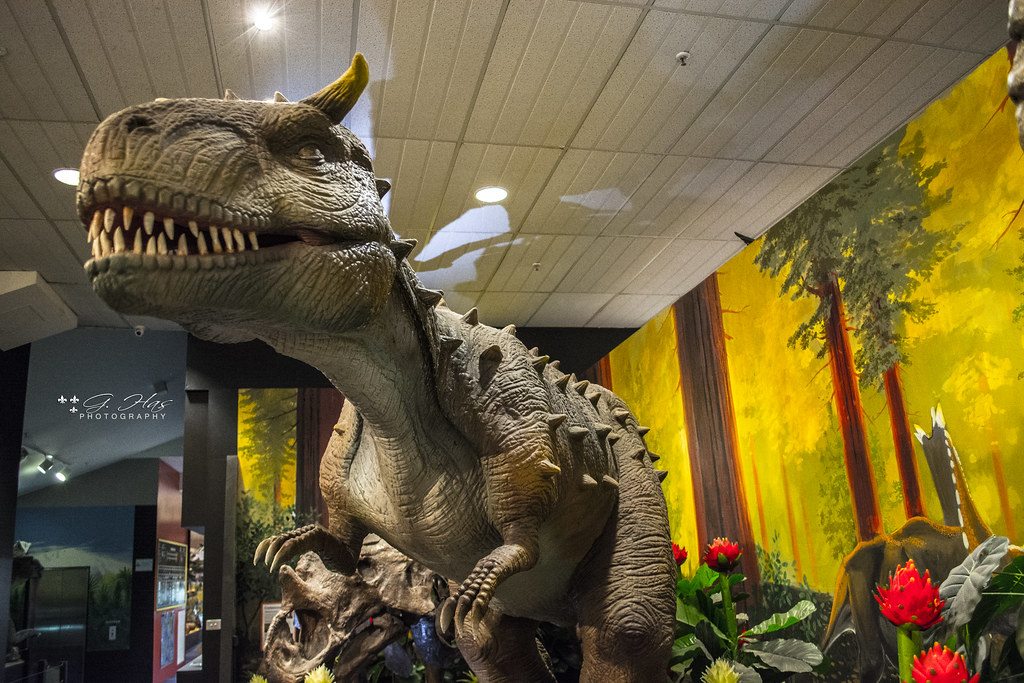
Carnotaurus possessed a bite force of approximately 7,172 newtons, making it a powerful predator despite its relatively unusual skull design. This South American abelisaurid was nicknamed the “meat-eating bull” for good reason – its horned skull and powerful jaws made it a fearsome sight in Late Cretaceous Argentina.
Unlike most other abelisaurids, Carnotaurus was an active hunter with very powerful jaws to compensate for its small and weak arms, though they were still large by abelisaurid standards. Its unique skull shape and forward-facing eyes gave it excellent binocular vision for tracking prey. Though not the strongest biter on this list, Carnotaurus combined decent jaw power with incredible running speed, making it a pursuit predator that could chase down prey over long distances.
The dinosaur world was truly dominated by creatures whose biting power defies modern imagination. These prehistoric predators developed jaw forces that could shatter bones, tear through armor, and deliver death with surgical precision. From T. rex’s record-breaking bone-crushing abilities to the specialized fishing bite of Spinosaurus, each species evolved its own unique approach to using jaw power for survival. What strikes you most about these ancient powerhouses – their sheer crushing force or their incredible diversity in hunting strategies?

